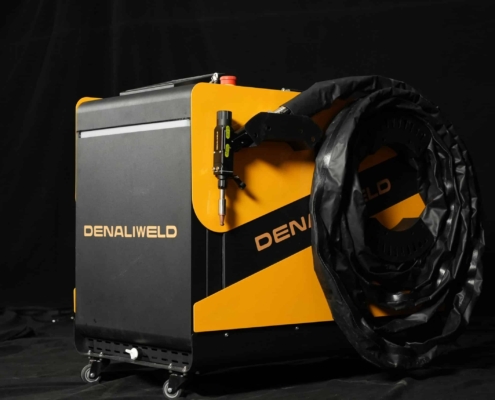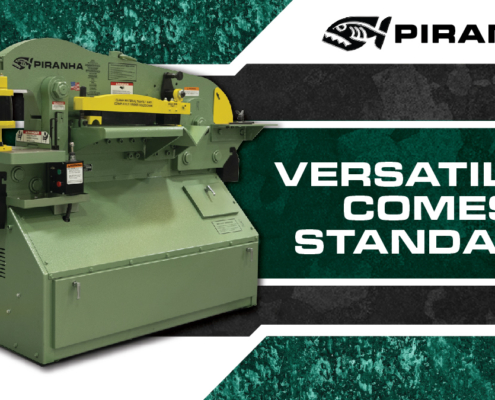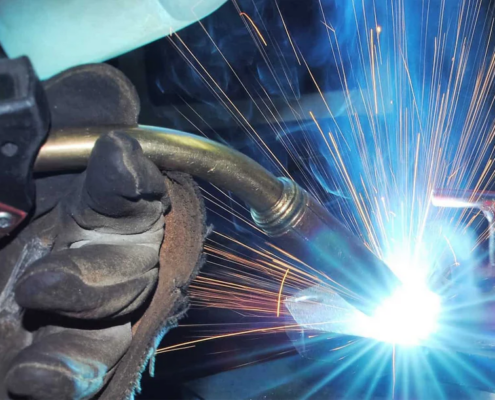 https://cksupply.com/wp-content/uploads/2024/07/DSC09904-scaled-1.jpg
1710
2560
[email protected]
/wp-content/uploads/2023/04/CK-Supply-White-Logo.svg
[email protected]2024-07-11 09:36:162024-07-11 09:36:17Exploring Laser Welding with the Denali Weld 200 CR: A Comprehensive Guide
https://cksupply.com/wp-content/uploads/2024/07/DSC09904-scaled-1.jpg
1710
2560
[email protected]
/wp-content/uploads/2023/04/CK-Supply-White-Logo.svg
[email protected]2024-07-11 09:36:162024-07-11 09:36:17Exploring Laser Welding with the Denali Weld 200 CR: A Comprehensive GuideNever Compromise on High-Quality Work Safety Gear
The mark of a professional welder isn’t necessarily the quality of their welds or their ability to follow instructions or show up on time. While these are all fine qualities, a welder that genuinely understands their craft is one who understands that high-quality work safety gear is what protects their lives and livelihood. Pros take precautions before they work, even if they plan on making a few quick welds.
At CK, we never compromise on safety. One of the hallmarks of this philosophy is the quality of the personal protective equipment (PPE) we offer through our retail locations and eCommerce portal. This blog will examine the dangers of welding and some of the important PPE that is required for professional welders.
Welding is a Dangerous Activity
Just as blacksmiths understood the danger of superheated metal, the welders of today are very familiar with the fumes, heat, and other hazards associated with arc and fuel welding.
Electric shock – High-voltage electricity is critical to the welding process, which makes direct electrical shocks a serious hazard for welders. Damp, crowded work conditions can make shocks an even more likely hazard.
Noise hazards – Welding produces loud, prolonged noises. This is dangerous to workers nearby, but it is especially dangerous for the operator whose ears are only a few feet from the work surface.
Exposure to UV radiation – Welding produces an intense bloom of light, and long-term exposure to arc flashes can result in cataracts and loss of vision.
Fumes and gases – Ozone, nitrogen oxides, chromium and nickel oxides, and carbon monoxide all come from welding and, if inhaled by a welder, can damage throats and lungs.
Burns – Molten metal and sparks from welding are obvious culprits, but even being near superheated metals can burn unprotected skin and eyes.
How Welders Can Protect Themselves
The key to professional welding is understanding the process, proper training, and the highest-quality welding PPE. Also, it is a requirement. If you employ or manage welders, it is your responsibility, under OSHA regulations, to provide appropriate safety equipment, which includes:
Welding helmets with side shields and appropriate lens shades – Helmets protect the eyes, face, and hair from sparks, heat, and chemical burns. The right lens filter is one that blocks UV light but also provides enough visibility so the welder can properly see the work. Fire-resistant hoods can protect the back of the welder’s head and neck.
Respirators and vacuums – Toxic fumes and gases surround the work area. While respirators protect the welder’s lungs, vacuums remove the toxic gases from the air to make it safe for others.
Fire-resistant clothing – Clothing protects the welder, but the only way it can safely do that is if it is heat and fire-resistant. All clothing should have no cuffs to catch burning material, and pockets must be sealed. The best materials for welding clothing are leather and treated cotton. Some welders improve their protective gear by using welding aprons and welding sleeves.
Gloves – A welder’s fingers are the closest body parts to the work, and there are the most vulnerable to heat and burns. High-quality welding gloves are insulated, flame resistant, and heatproof, but they also have to provide agility and range of motion to control welding guns and rods.
Boots – Rubber-soled, steel-toed boots are a must to avoid crushed toes from falling objects and electric shocks.
The Most Important PPE? Welder Training
The best way to reduce risk and ensure a safe workplace is to employ trained, experienced, educated welders who understand the importance of safety and high-quality work safety gear.
CK Supply offers welder training and certifications as well as high-quality safety and protective gear. When the need for technical knowledge goes beyond trade schools and welding certificates, our team is there to support your staff. CK’s partnerships with American Welding Society gives us access to resources for your advantage. We also understand OSHA requirements and we will make sure your team is up to speed. Check out our website or give us a call if you have any questions. When you need the best work safety, CK has you covered.
"*" indicates required fields




